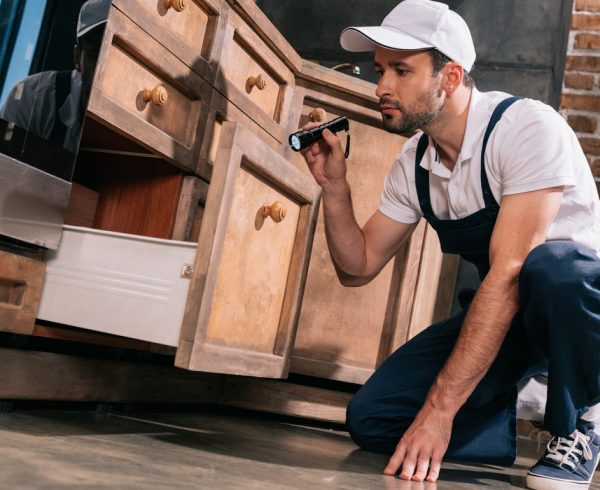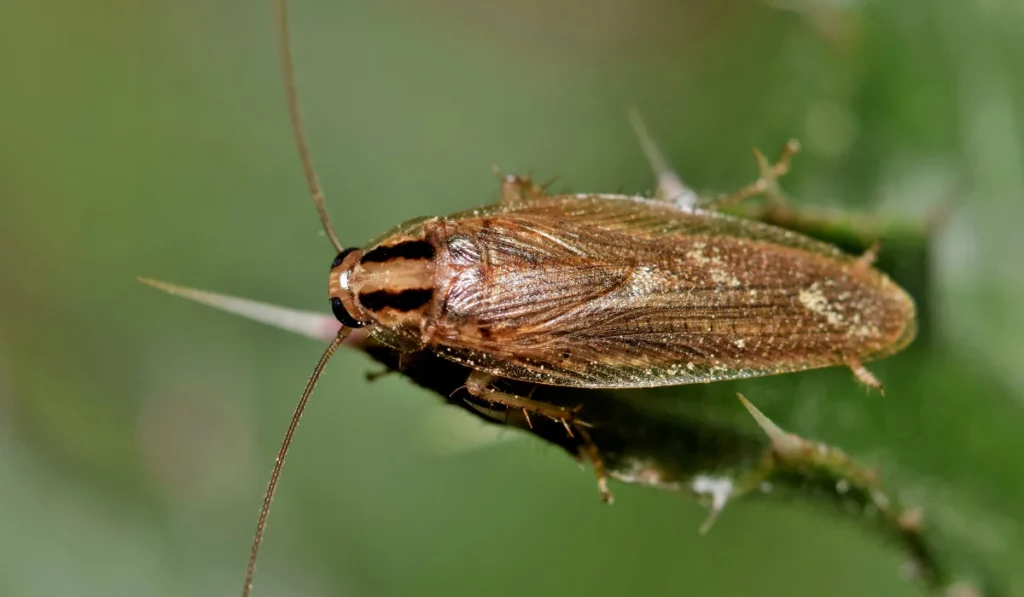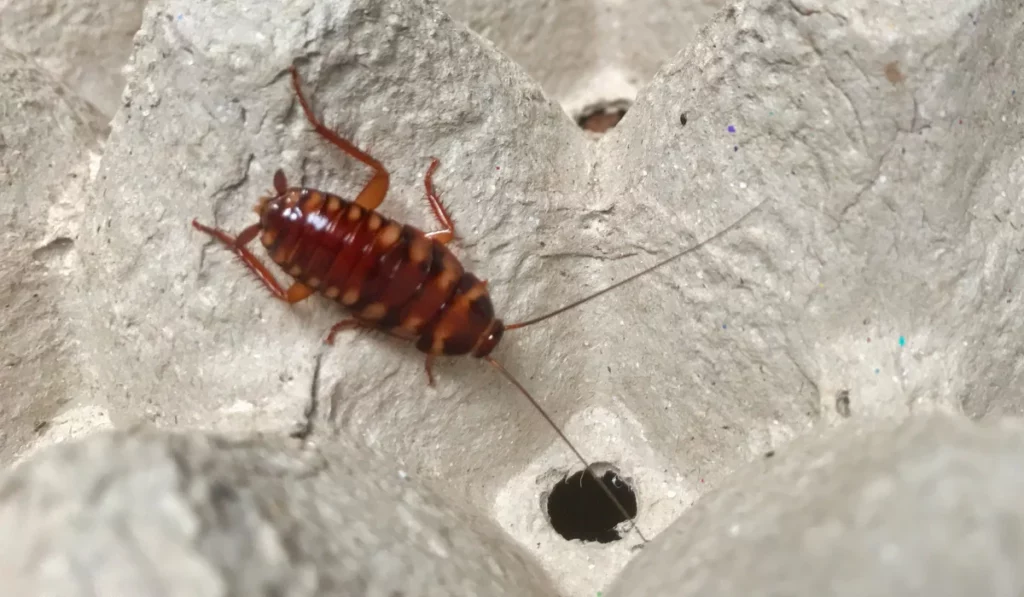There is a long list of considerations that factor in when moving into any new apartment, and in a place with as much biodiversity as California, pest control can be a major concern.
If you’re moving to a new California city, it’s important to stay informed about your tenant rights before signing your rental agreement and moving in. Below is everything new tenants need to know about your responsibilities and your new landlord’s when it comes to managing infestations.
Key Takeaways
- Yes–by California law, landlords are responsible for maintaining livable, pest-free conditions in their rental properties, including the prevention of any potential pest infestations.
- The exception lies in tenant-caused infestations–if tenants create conditions in their apartments conducive to infestations, they become legally responsible for pest control.
- If your landlord doesn’t respond to requests for an exterminator in your rental unit, you may be entitled to take legal action or withhold rent.
Landlord’s Responsibility for Pest Control
By state law, California landlords are responsible for maintaining a livable condition in their buildings (due to “implied warranty of habitability”), complying with local health codes to remove pests, and eliminating pests in a professional manner. An infestation of any type of pests–insects, birds, rodents, etc.–renders a living space legally uninhabitable.
According to California Civil Code sections 1941 and 1942, landlords are required to “provide…buildings and grounds which are free of rubbish, garbage, rodents, and other pests.” the only exception is the case of a tenant-caused infestation, in which case the tenant becomes responsible for removal of the pests.
Landlords have a legal duty to keep their properties in a condition that is habitable and free from infestations. Essentially, landlords are responsible for addressing pest issues promptly once they are reported.
The landlord is then obligated to act quickly to resolve the problem, which may involve engaging pest-control professionals or repairing structural issues that allow pests to enter.
Tenants are expected to keep their living spaces clean and free from conditions that might attract pests. Effective pest management is a joint effort: landlords need to address the problems when they arise, and tenants must take proactive steps to prevent them.
Mike Schmidt, Civil Trial Law Specialist, Schmidt & Clark
Lease agreements are frequently required to include a “pest control addendum” describing any ongoing preventative pest control treatments and the expectations set for both the landlord and the tenant.
If a tenant’s actions lead to an infestation, the tenant may be found responsible for managing the infestation on their own. For instance, an ant or cockroach infestation could be the result of unclean habits (i.e. leaving unsealed food out in the kitchen, failing to take the garbage out) or excess moisture from unreported leaks.
A flea infestation may be caused by a tenant’s pet. If the landlord has reasonable proof that a tenant has caused an infestation, pest control legally becomes the tenant’s responsibility.
Tenant Obligations for Pest Control
Legally, landlords in California are responsible for pest control in their buildings, with one exception–tenant-caused infestations. Maintaining cleanliness and hygiene in your home is of paramount importance in preventing a pest infestation.
In order to prevent an insect or rodent infestation, clean your apartment (especially the kitchen and bathroom) regularly, take out the trash, and never leave food out in unsealed containers.
Prevent the buildup of excess moisture by drying up spills and reporting leaks immediately. Keep windows closed to prevent birds and other pests from entering your home. And if you have pets, treat them regularly to prevent fleas and ticks.
Renters may also be obligated to comply with regular pest control measures, per the pest control addendum in the original lease. Many apartment buildings offer regular pest control services at a scheduled time each week or month.
It’s important to know when scheduled pest control company visits are occurring and to comply with any additional pest control services scheduled by your landlord in response to a pest problem.
What to Do as a Tenant With a Pest Infestation in California
If you’re a tenant with a pest infestation in California, your immediate first step should be to notify your landlord in writing. If your landlord fails to act after multiple attempts to contact them and the infestation is not your fault, it is within your legal right to withhold rent until they take action.
Other options include moving out and breaking your lease, moving into temporary housing, or (if the situation is dire enough) hiring your own pest control service out of pocket.
If your pest control issue remains unresolved after you’ve taken one or more of these actions, it may be time to seek legal help. If you keep proper records of your failed attempts to receive help from your landlord, you can use that documentation to sue your landlord in Housing Court for violation of California Civil Code.
Common California Pests to Look Out For
- Rodents
- Fleas
- Mice
- Cockroaches
- Termites
- Bedbugs
- Silverfish
- Ants
- Earwigs
- Millipedes
- Paper Wasps
Frequently Asked Questions
Can I withhold rent for roaches in California?
Yes–if you’ve contacted your landlord in writing multiple times to no avail and kept records of your attempts, it is within your legal right to withhold rent for roaches in California.
What are uninhabitable living conditions in California?
“Uninhabitable living conditions” are defined by California law as a home lacking any of the following: effective waterproofing and weather protection; plumbing facilities in good working order; gas facilities in good working order; heat; electricity; adequate trash receptacles; a locking mailbox for each resident in good repair; and floors, stairways, and railings in good repair. “Uninhabitable living conditions” also include a lack of cleanliness–buildings, grounds, and appurtenances (i.e. garages and gardens) should be free from “debris, filth, rubbish, garbage, rodents, and vermin.”








